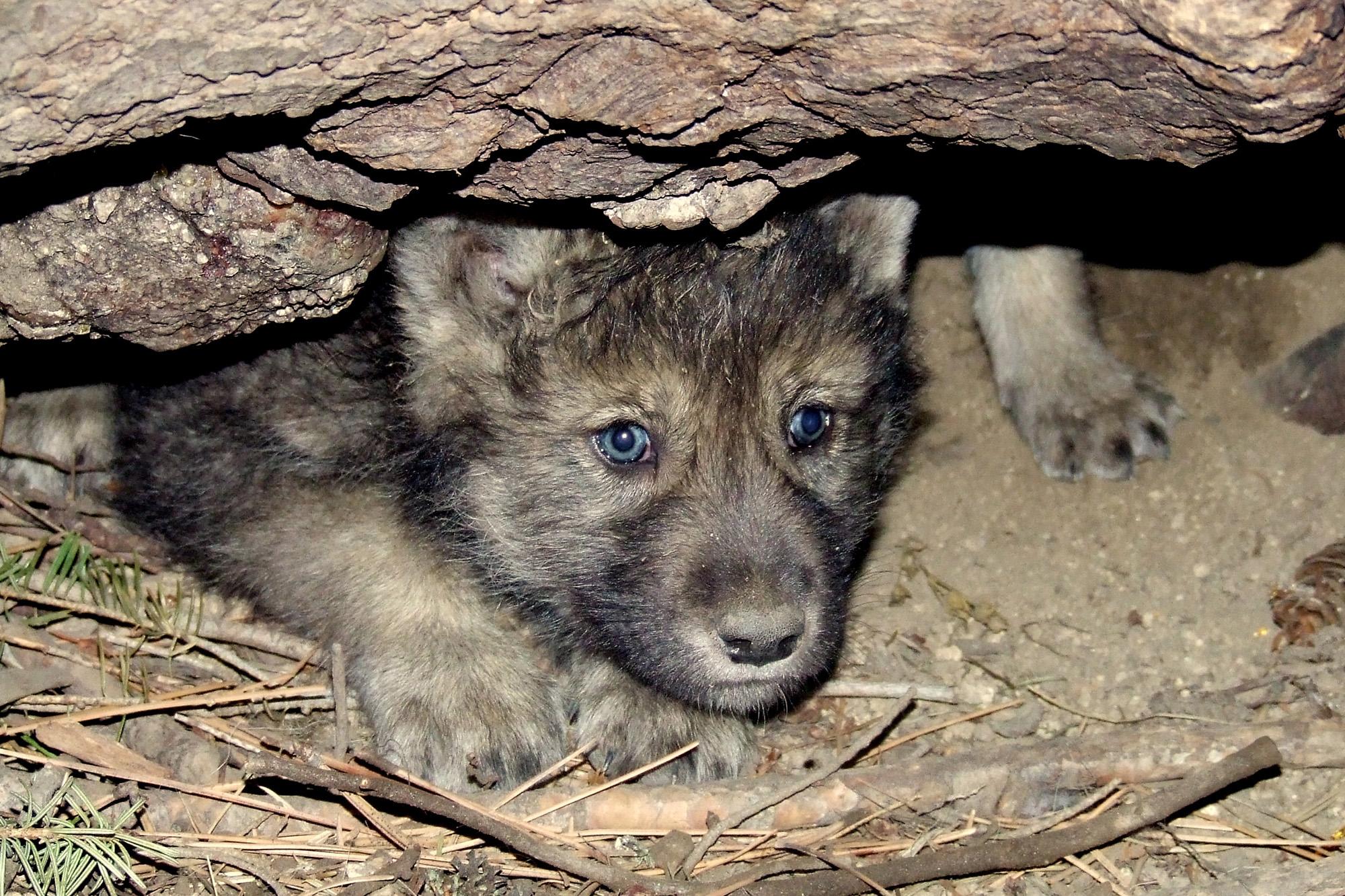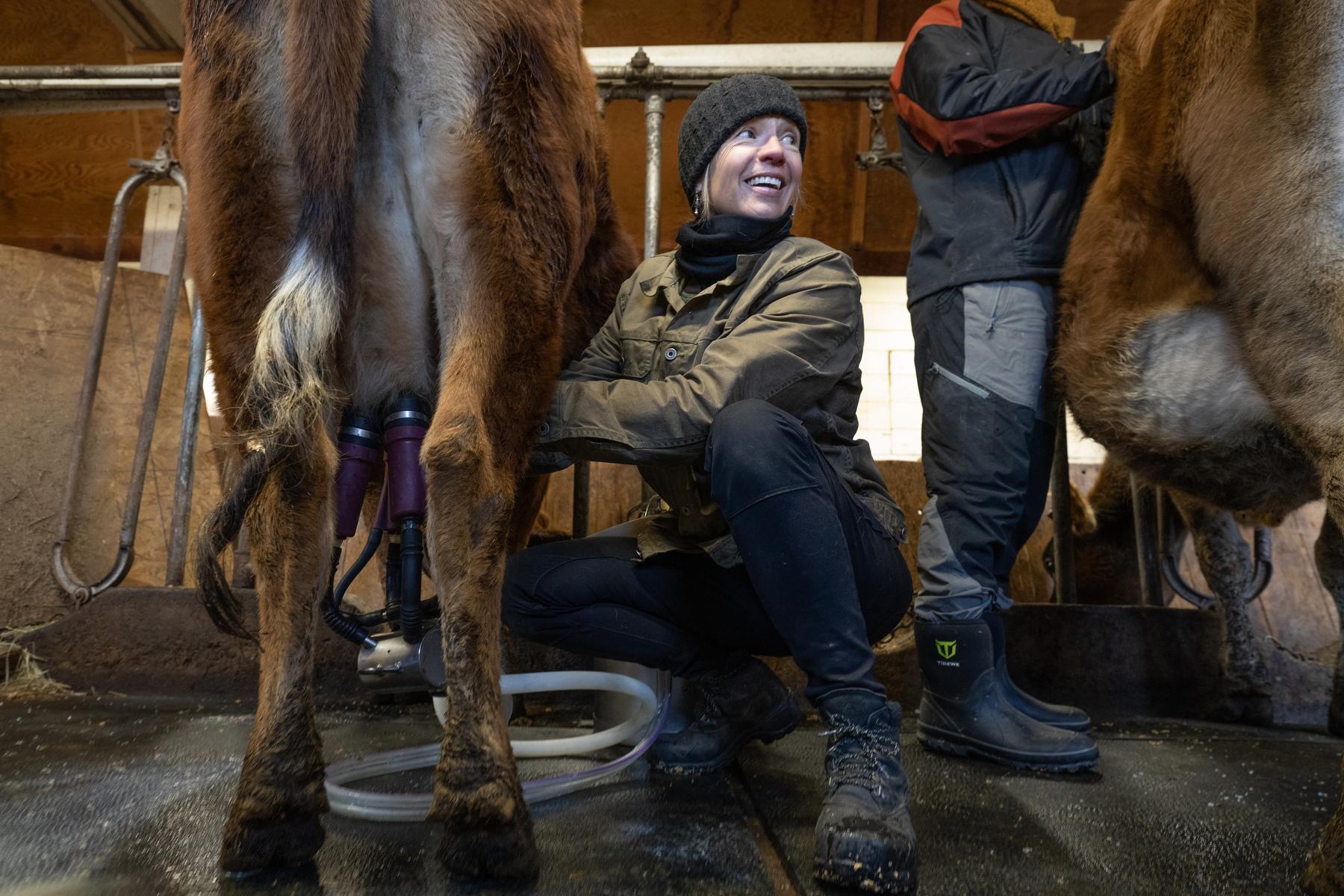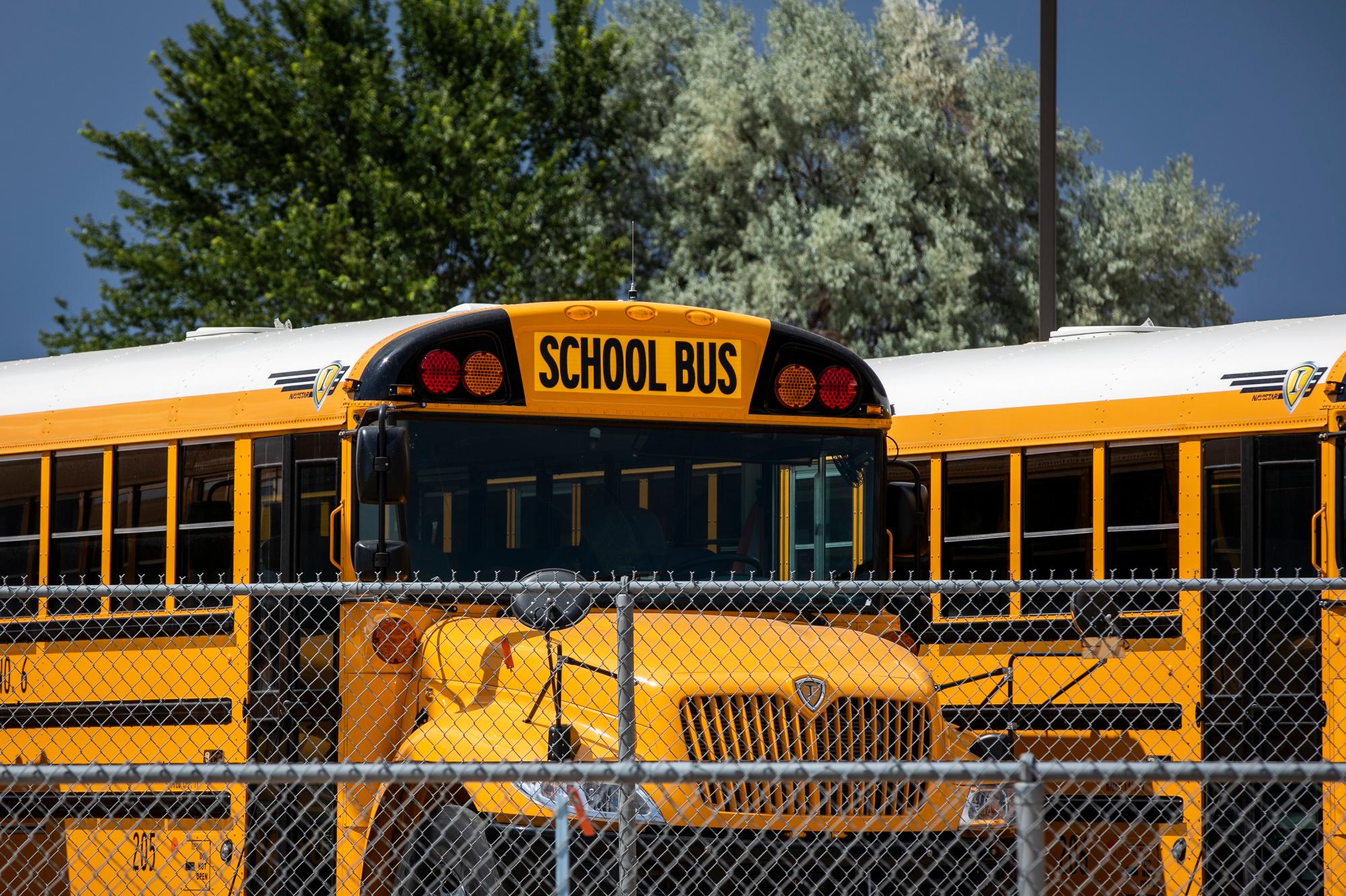
In June, on a remote two-track road in Northwest Colorado, a truck driven by a state biologist stirred up an animal. From behind the wheel, the biologist and her husband watched an adult gray wolf cross the dirt before it scampered over a hill.
What happened next could be a landmark in Colorado’s natural history. A few minutes after the adult disappeared, the biologist reported a dark gray puppy followed the same path. The sighting could mean a group of grey wolves isn’t just living in Colorado for the first time since humans eradicated the species in the 1940s.
The predators could be breeding as well.
Colorado Parks and Wildlife spokeswoman Rebecca Ferrell said her office has no reason to doubt a report from one of its own, but it remains a solitary report.
“We don’t have any photographic evidence or scat to provide additional confirmation at this time,” Ferrell said.
CPR News obtained details of the alleged wolf sighting through an open records request. Since the biologist was on her personal time, she reported the pup through a form open to the public. CPW confirmed the report came from a staff biologist but redacted her identity.
While the sighting is far from solid evidence of wild wolf breeding, it comes at a political crossroads for the species. Colorado will vote in November on whether to reintroduce wolves to the Western Slope. If voters see the species is coming back on its own, opposing ranchers and farmers think maybe they’ll be less likely to force the species back onto Colorado’s landscape.
Shawn Martini, a vice president of advocacy at the Colorado Farm Bureau and the spokesperson for a campaign against reintroduction, said he would prefer wolves never recolonize Colorado. If it has to happen, he’d much rather see the species return without human help.
“If it happens naturally — that’s something we have to live with,” he said. “But why try to force nature’s hand through an initiative process?”
Colorado biologists first confirmed six wolves were living in Moffat County in February. While many have referred to the group as a pack, the term has a strict biological definition that still needs further evidence. Packs have a pair of breeding “alphas” that tend to produce a litter of pups every year.
“They mate for life really,” noted Ferrell. “They have long term relationships.”
DNA results from scats samples released by CPW in March showed four of the six wolves were related, likely as full siblings. If the remaining two wolves are a breeding pair, Ferrell said there’s a good chance they would have had puppies this spring.
To monitor for such a possibility, Colorado Parks and Wildlife developed a plan to gather evidence of potential breeding. The document, also obtained by CPR News, instructs staff members to conduct “howl surveys” between mid-June and September. The process involves biologists stepping out of their trucks, howling in different directions and waiting to hear if adult wolves or wolf pups respond.
“If howling surveys indicate [the] possibility of pups, deploying trail cameras might be used to confirm [the] presence of pups, and potentially to indicate [a] minimum number,” according to the document.
CPW has yet to release the results of those surveys.
Kevin Crooks, an ecologist who leads the Center for Human-Carnivore Coexistence at Colorado State University, hopes CPW continues to gather and publicly share information about wolves in the state.
If a pack has had pups this year, he cautioned the news would far from guarantee wolves are on their way back after a 70-year absence. For a species to be viable in any environment, there must be enough individuals spread out over a large enough area to persist over the long term.
“Just having a small number of animals — six or seven — would not have a high probability of persistence over the long term. Such a small population is at risk,” he said, adding other wolves that have made it to the state later died.
Any second generation of wolves would also need to find potential mates of their own someday. Joanna Lambert, a conservation biologist at the University of Colorado Boulder, said the wolves now living in Northwest Colorado likely migrated from the ecosystem around Yellowstone National Park, where grey wolves were reintroduced in the 1990s.
Their journey would have required the animals to cross a harrowing landscape.
Open rangeland dominates the area between Yellowstone in Wyoming and Moffat County. Roads and interstates crisscross the state. On top of all of that, Wyoming allows any wolves to be shot on-sight in 85 percent of the state under a policy instituted after the federal government “delisted” wolves in the Northern Rockies.
“The chances a particular pup or a handful pups encounters another set of pups that made that 500- to 1,500-mile journey are extremely, extremely low,” Lambert said.
That’s part of the reason she argues science backs up efforts to reintroduce wolves.
Crooks, the biologist at Colorado State University, has stayed neutral on the issue but said active reintroduction would put the species in a better position.
“If wolves were reintroduced, that would increase the probability that wolves will fully recover to form a self-sustaining population,” he said.
Mike Phillips, a biologist and Montana state senator, added reintroduction could also carry benefits for hunters and ranchers. Phillips now serves as the science advisor for the Rocky Mountain Wolf Project, the organization leading the campaign for the ballot initiative.
Over a long career in wildlife management, Phillips helped drive the effort to bring gray wolves back to the Yellowstone ecosystem. He said reintroduction carries legal advantages for a state.
Since wolves remain an endangered species in Colorado, the animals would be completely protected if they migrate on their own. If they’re brought back, the federal government could give the state far more control over the population under a provision of the Endangered Species Act.
“If you think they're coming, then what's the way to get the best deal possible,” he asked. “The best deal possible is available through proactive reintroduction efforts.”
Phillips said that’s what worked in the Northern Rockies, which is now home to more than 1,000 wolves. He thinks it would also be the best plan for future generations of wolves and people in Colorado.








